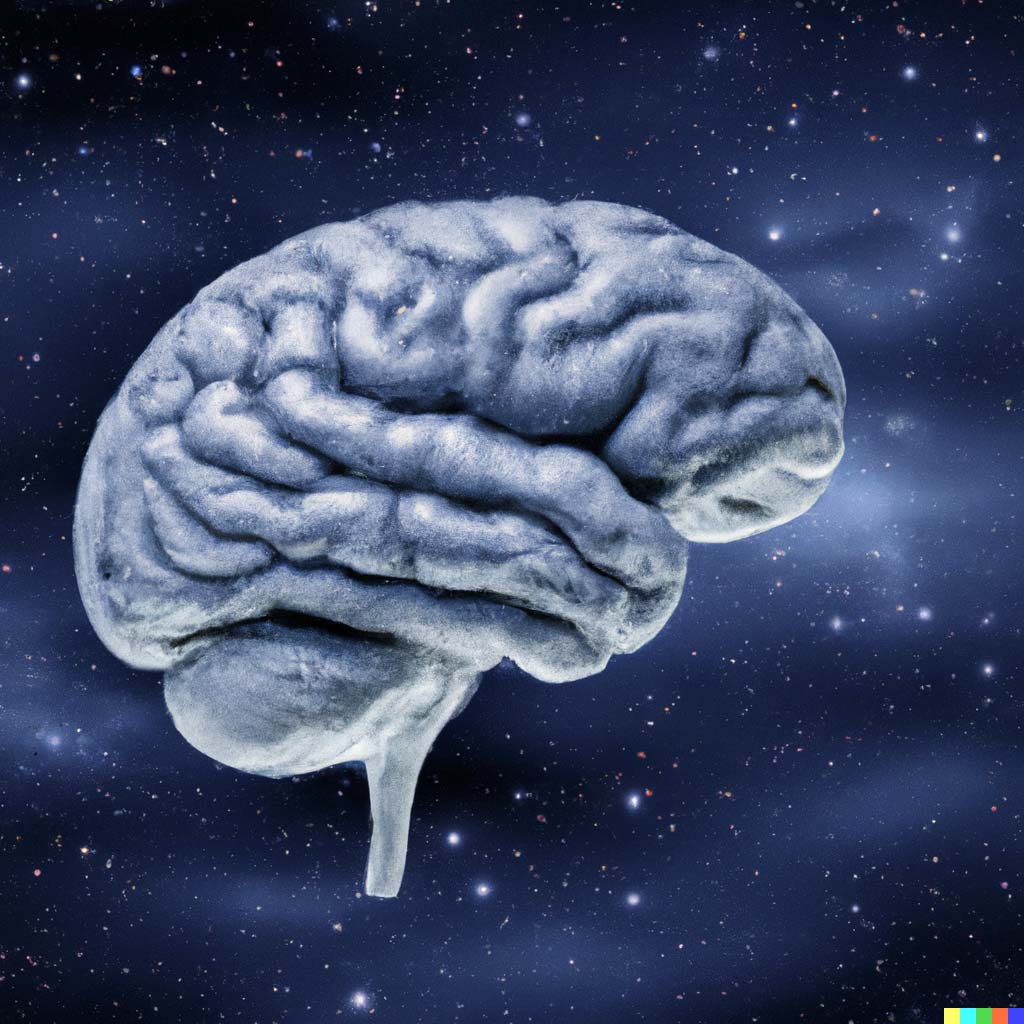
Since antiquity, it has been recognized that most of us increase our intellectual productivity throughout early adulthood, reach a peak in middle age, and decline in mental acuity as we move into old age. However, recent research has revealed that there is a great deal of variation, especially among highly intelligent individuals in their ages of peak performance, some achieving peak performance before age 30 and others decades later. Furthermore, certain cognitive abilities continue to increase throughout life, while others decline. Reporting on their recent findings, the researchers at MIT’s Department of Brain and Cognitive Sciences observe:[Hartshorne, Joshua, K. and Laura T. Germine. 2015. “When Does Cognitive Functioning Peak?” Psychological Science. Volume: 26 issue: 4, page(s): 440.]
Not only is there no age at which humans are performing at peak on all cognitive tasks, there may not be an age at which humans perform at peak on most cognitive tasks.
That is, throughout adulthood, various cognitive abilities increase and decline at different rates. Though some elements of fluid intelligence begin to decline in early adulthood, such as short term memory and brain processing speed, other components of cognition, such as vocabulary, general knowledge, and comprehension improve. About half of the greatest achievements in science and technology will be made by people over the age of 35, and some by people over age 50. Cognitive skills such as judgement and perspective that draw heavily on crystallized intelligence will improve throughout middle age, though these changes will vary significantly from one individual to the next.
The table 5–3, taken from the book Intelligence, IQ and Perception, shows the ages at which the first, best, and last works have been produced. (based on data from Simonton, D. K. 1989. “Age and Creative Productivity: Nonlinear Estimation of an Information-Processing Model.” International Journal of Aging and Human Development. Vol. 29(1) 23-37,
A direct assessment of the trajectory of human intelligence throughout a lifetime came in 1936, when John Raven developed his Raven’s Progressive Matrices tests of intelligence. To norm these tests, i.e., establish baseline data on what scores adults could be expected to achieve as they age, he conducted widespread testing in the United Kingdom, Ireland, and Canada between 1939 and 1947. His graph of the Standard Progressive Matrix (SPM) scores for people of different ability levels between ages 20 and 65 is reproduced in the graph below.
We see from this graph that scores on those items that typically measure the fluid element of IQ drop as people age. This decline is manifest in forgetting names, datas and events and in reduced mental processing speed. However, the decline is quicker in those of lower IQ than in those of higher IQ. Of course, experience and acquired knowledge account for a higher crystallized intelligence in older people, thereby reducing the decline in total intelligence. In essence, young people are usually able to learn faster and accumulate new knowledge more quickly than those in middle age and beyond. However, those in late middle age and older are more likely to have more accumulated wisdom.
What we learn from this research is that fluid intelligence decreases with age, but at different rates in different people. Some people at age 90 are significantly more intelligent than the average person of age 50. Therefore, it would be arbitrary to set a maximum age for things like mandatory retirement or retaining a driver’s licence. Such limits should be based on competency tests rather than age.
